The Victorian era, spanning from 1837 to 1901, was a time of immense cultural, technological, and artistic advancements. This period, marked by Queen Victoria’s reign, produced some of the most exquisite and valuable antiques that continue to captivate collectors and historians alike. The intricate craftsmanship, luxurious materials, and historical significance of Victorian antiques make them truly priceless. From ornate jewellery and elegant furniture to iconic decorative pieces, these antiques offer a glimpse into the opulence and sophistication of a bygone era. In this article, we explore the top 8 most priceless antiques from the Victorian era, each a testament to the enduring legacy of Victorian art and culture.
Queen Victoria’s Coronation Necklace
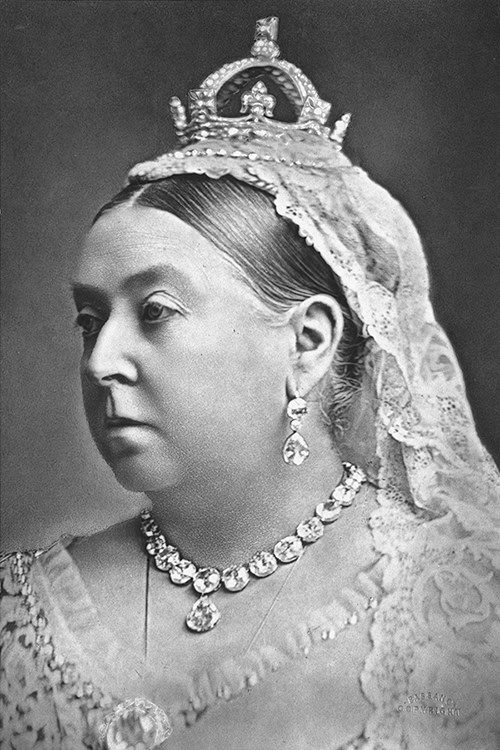
Queen Victoria’s Coronation Necklace is a breathtaking piece crafted in 1858 by Garrard, the then Crown Jeweller. This exquisite necklace features 28 old-cut diamonds meticulously set in silver and gold, showcasing the grandeur of Victorian jewellery. The centerpiece is a detachable, large oval sapphire and diamond pendant, symbolizing the wealth and power of the British monarchy. This necklace was prominently worn by Queen Victoria during her coronation and has since become a significant part of royal ceremonies. The craftsmanship and intricate design of this necklace reflect the opulence of the era and the advanced techniques used in jewellery making. Its historical significance is immense, as it has been worn by subsequent queens for their coronations, cementing its status as a royal heirloom. The necklace not only represents the personal taste and style of Queen Victoria but also embodies the rich cultural heritage of the Victorian period. The value of this necklace is estimated to be over £5 million, but its true worth lies in its historical and symbolic importance. The coronation necklace remains one of the most iconic and priceless pieces of Victorian-era jewellery, celebrated for its beauty and its deep connection to British royal history.
The Koh-i-Noor Diamond
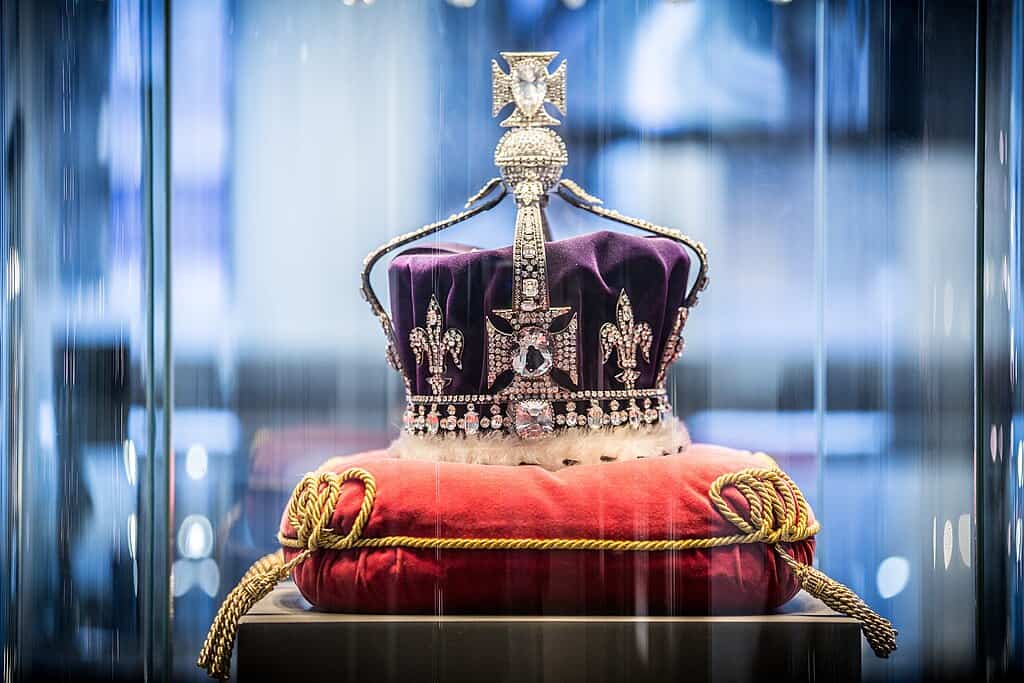
The Koh-i-Noor diamond is one of the most famous and contentious gems in history. Weighing 105.6 carats, this diamond originated from India and has a storied past marked by conquest and power struggles. The diamond was acquired by the British during the colonial era and became an integral part of the Crown Jewels. It was recut by Prince Albert in an effort to enhance its brilliance, and it now adorns the crown of Queen Alexandra. The Koh-i-Noor’s immense size and dazzling clarity are matched by its rich and complex history, which includes being a symbol of imperial power and colonial conquest. The diamond’s journey from India to Britain and its integration into the Crown Jewels make it a significant artifact of the Victorian era. Its estimated value exceeds £3 billion, though its true worth is immeasurable due to its historical and symbolic significance. The Koh-i-Noor remains a subject of international intrigue and debate, reflecting the broader narratives of colonialism and the transfer of cultural treasures. Its unparalleled beauty, combined with its storied past, makes it one of the most priceless antiques from the Victorian period.
Victorian Mourning Jewellery
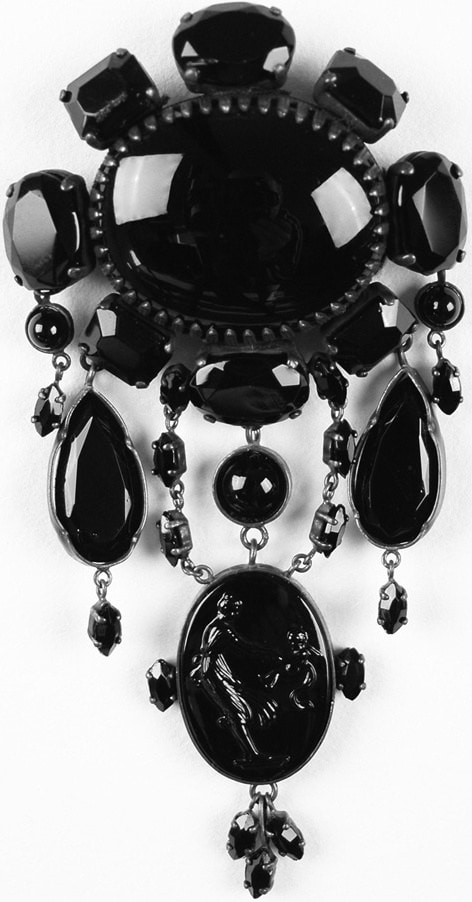
Victorian mourning jewellery holds a unique place in the history of adornment, characterized by its use of black materials such as jet, onyx, and black enamel. These pieces became especially popular following the death of Prince Albert in 1861, as Queen Victoria’s extended period of mourning influenced fashion and societal norms. Mourning jewellery often featured symbols of grief and remembrance, such as weeping willows, urns, and locks of hair from deceased loved ones. The craftsmanship involved in creating these pieces is intricate and detailed, with artisans carefully designing jewellery that conveyed deep emotional significance. The personal sentiment attached to mourning jewellery, coupled with its historical context, makes these pieces highly sought after by collectors. Each piece tells a story of love, loss, and memory, reflecting the Victorian era’s preoccupation with mortality and remembrance. Prices for mourning jewellery vary widely, ranging from £5,000 to £50,000, depending on the materials, design complexity, and provenance. The combination of personal and historical significance, along with the exquisite craftsmanship, makes Victorian mourning jewellery an invaluable part of antique collections.
Victorian Cameos
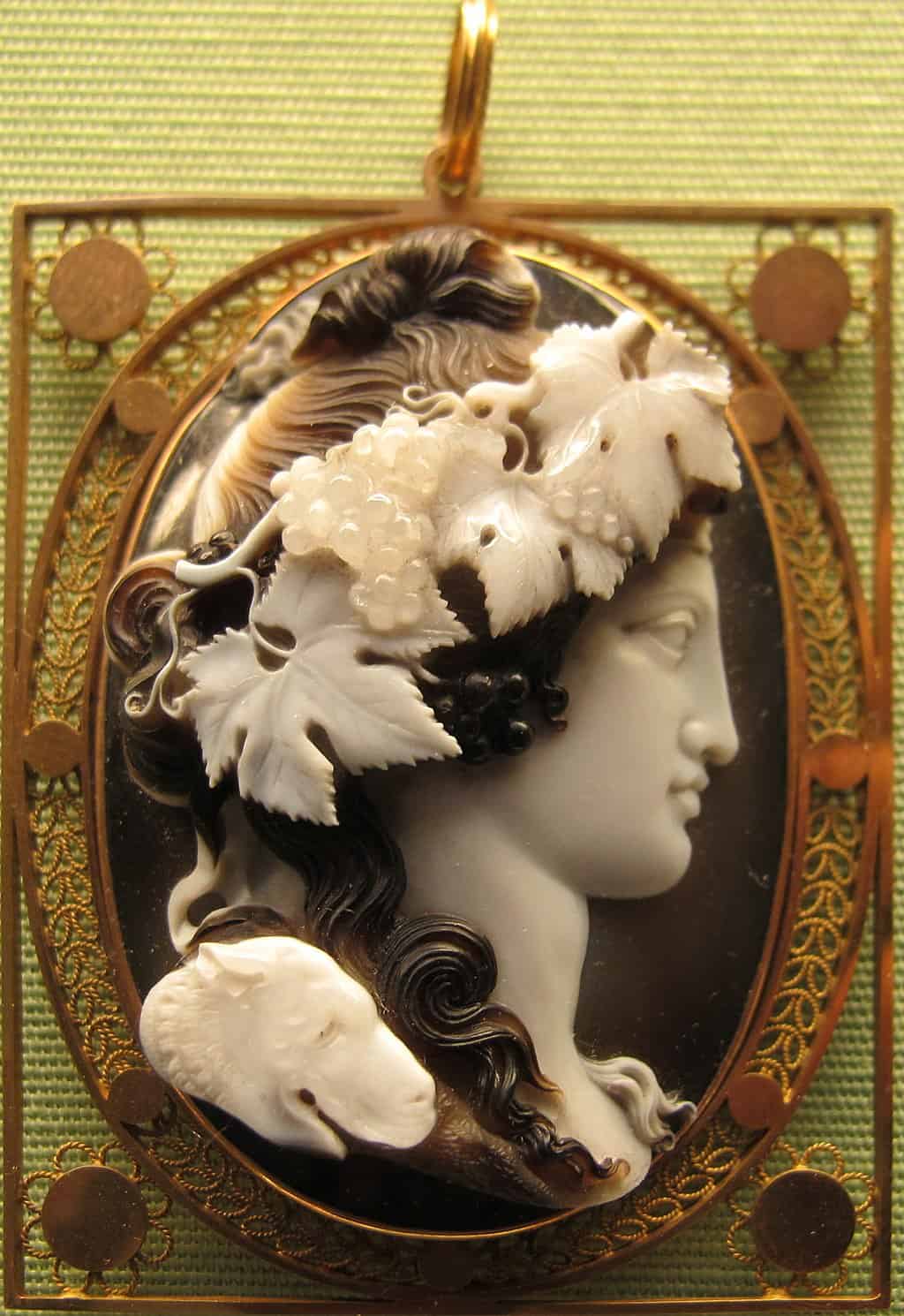
Cameos were highly cherished during the Victorian era for their detailed and artistic carvings, often depicting classical scenes or portraits. Made from materials such as shell, coral, or agate, these pieces were not just jewellery but miniature works of art. The skill required to carve such intricate designs added to their value and desirability. Victorian cameos frequently carried sentimental meanings, making them popular gifts that symbolized love, friendship, and remembrance. The craftsmanship involved in creating cameos is meticulous, with artisans carving detailed images that required precision and artistic skill. These pieces often featured motifs from mythology, history, and nature, reflecting the Victorian fascination with classical themes and romanticism. The historical significance and artistic value of Victorian cameos make them highly collectible today, with prices ranging from £1,000 to £20,000 depending on the size, material, and intricacy of the carving. Cameos from this era are appreciated not only for their beauty but also for their cultural and historical context, making them priceless artifacts of Victorian art and sentiment.
Victorian Silver Tea Set
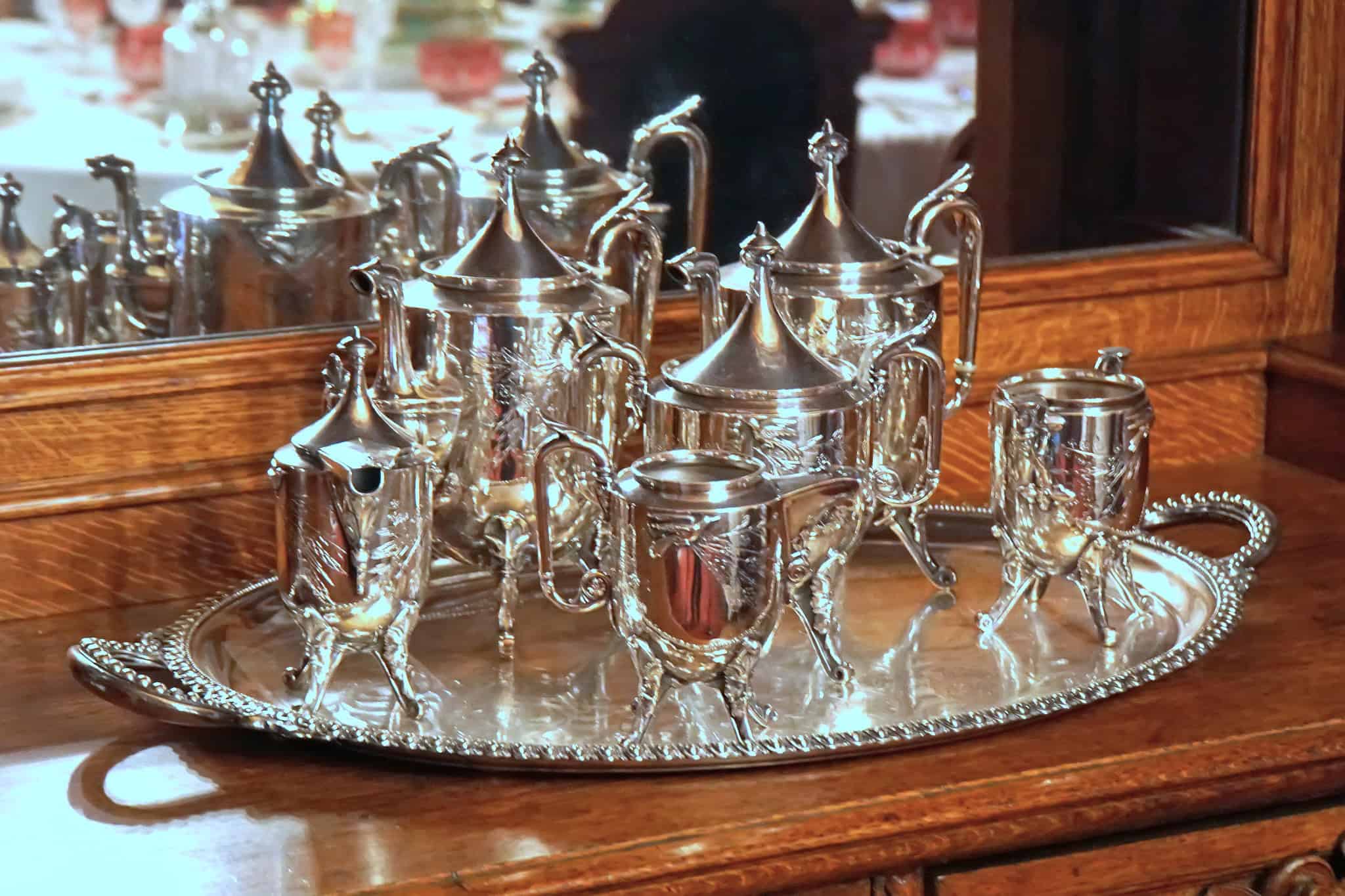
Silver tea sets were a staple in Victorian homes, valued for their beauty, functionality, and the social rituals associated with tea drinking. These sets often featured intricate designs and high-quality silver, reflecting the era’s emphasis on craftsmanship. Tea sets were used not only for serving tea but also as decorative pieces, showcasing the wealth and taste of the household. The craftsmanship involved in creating these sets is exceptional, with artisans meticulously working to ensure each piece was both functional and beautiful. The historical significance and the cultural importance of tea drinking during the Victorian era add to the value of these sets. Depending on the design and condition, Victorian silver tea sets are estimated to be worth between £5,000 and £15,000. These sets are cherished not only for their aesthetic appeal but also for their connection to the social customs and cultural values of the Victorian period, making them priceless antiques.
Victorian Porcelain Vases
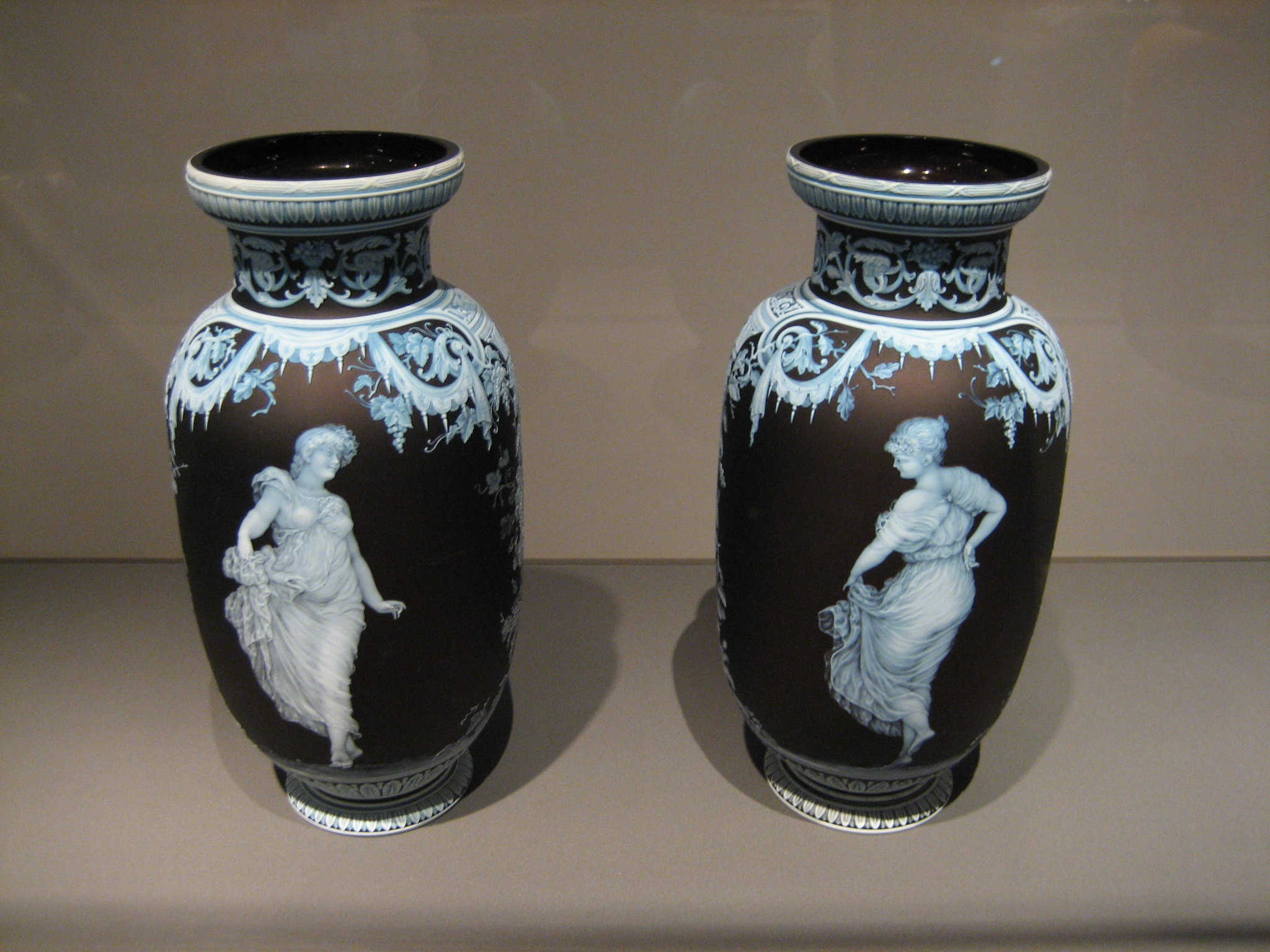
Porcelain vases were highly prized during the Victorian era for their intricate designs, vibrant colors, and the skill required to create them. These vases often featured floral motifs and other decorative elements that reflected the Victorian fascination with nature and beauty. The craftsmanship involved in making these vases is exceptional, with artisans meticulously painting and glazing each piece to achieve stunning results. Porcelain vases were commonly used as decorative pieces in Victorian homes, adding a touch of elegance and sophistication to any room. The historical significance and the artistic value of these vases make them highly collectible today. Depending on the size, design, and condition, Victorian porcelain vases are valued between £3,000 and £10,000. These vases are appreciated not only for their beauty but also for their cultural and historical context, making them priceless artifacts of Victorian art and craftsmanship.
Victorian Marble Fireplace
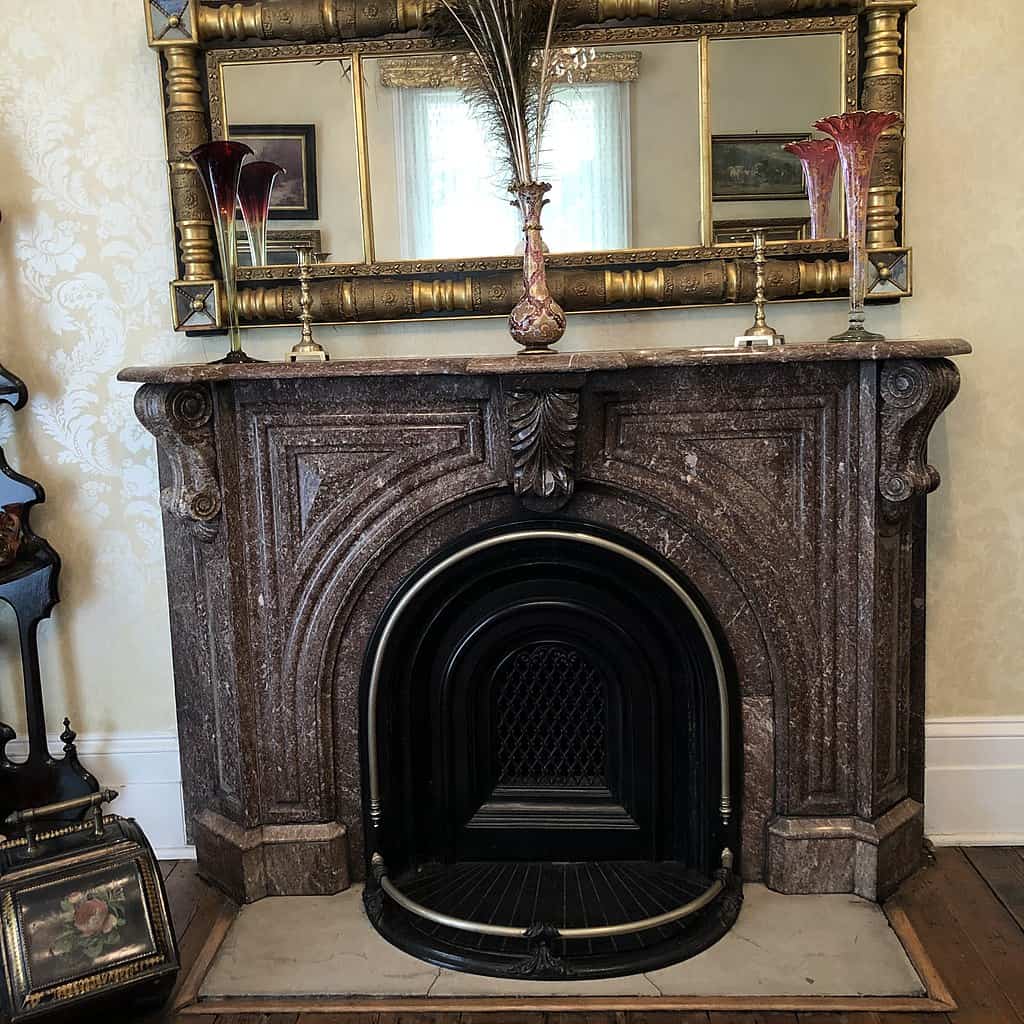
Marble fireplaces were prominent features in Victorian homes, reflecting the era’s love for luxurious and elaborate design. These fireplaces often featured intricate carvings and high-quality marble, making them highly valued for their beauty and historical significance. Victorian marble fireplaces were not only functional but also served as decorative centerpieces in grand rooms, showcasing the wealth and taste of their owners. The craftsmanship involved in creating these fireplaces is exceptional, with artisans meticulously carving and assembling each piece to ensure it was both durable and beautiful. The historical significance and aesthetic appeal of these fireplaces make them highly valued. Estimated to be worth £10,000 to £20,000, Victorian marble fireplaces are cherished not only for their functionality but also for their connection to the cultural and artistic values of the Victorian era, making them priceless antiques.
Victorian Brooches and Lockets
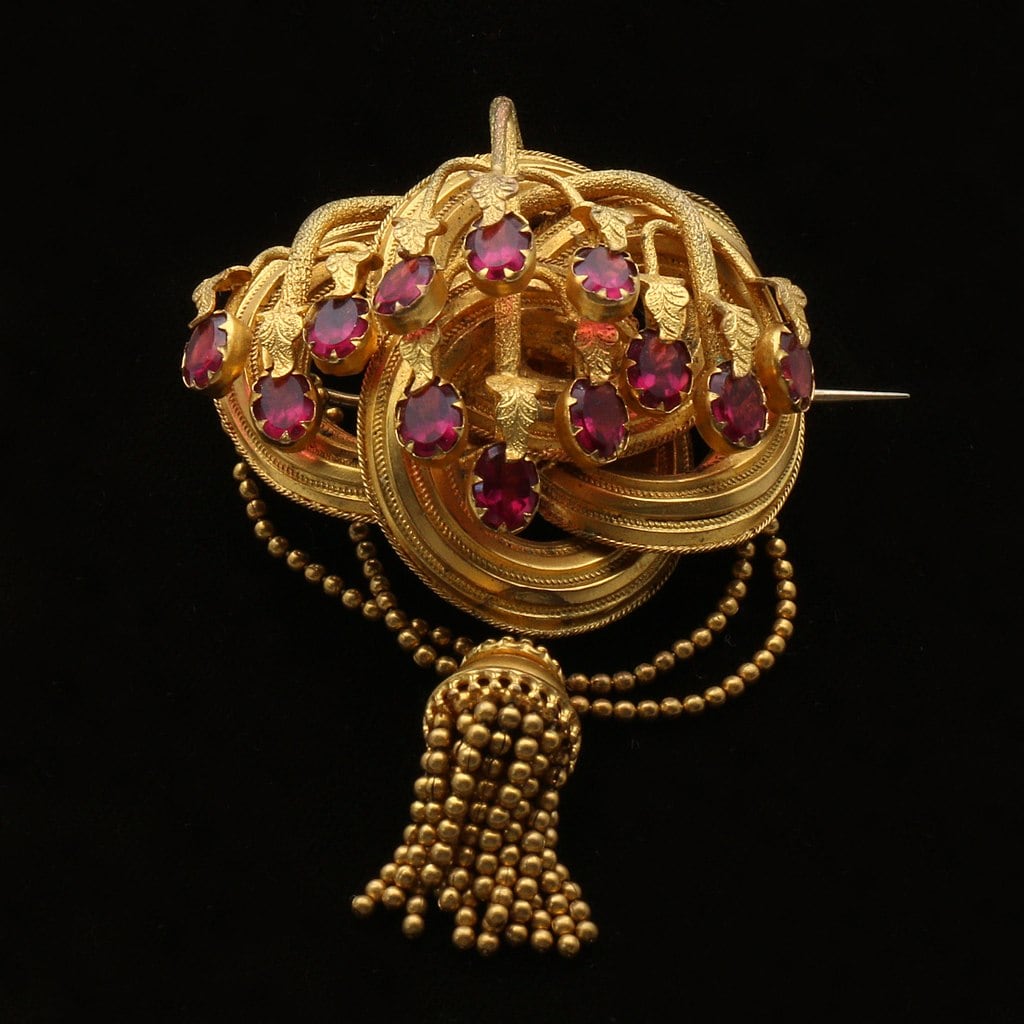
Brooches and lockets were essential accessories in Victorian jewellery, often featuring intricate designs and symbolic motifs. Made from high-quality materials like gold, silver, and various gemstones, these pieces were not only decorative but also held sentimental value. Lockets frequently contained portraits or locks of hair, serving as personal mementoes. The craftsmanship involved in creating these pieces is exceptional, with artisans meticulously working to ensure each piece was both beautiful and meaningful. The historical significance and personal sentiment attached to these items make them highly valued. Depending on the materials and intricacy of the design, Victorian brooches and lockets are estimated to be worth between £1,000 and £15,000. These pieces of jewellery are cherished not only for their aesthetic appeal but also for their connection to the personal and cultural values of the Victorian era, making them priceless antiques.
This article originally appeared on Rarest.org.
More from Rarest.org
15 Most Lucrative Wrestling Promotions

Wrestling promotions around the world have carved out unique niches, offering fans thrilling matches, captivating storylines, and memorable events. Read more.
15 Most Expensive Custom-Built Homes

When it comes to luxury real estate, custom-built homes stand in a class of their own, showcasing unparalleled design, opulent amenities, and prime locations. Read more.
The 20 Most Coveted Aquarium Fish Among Collectors
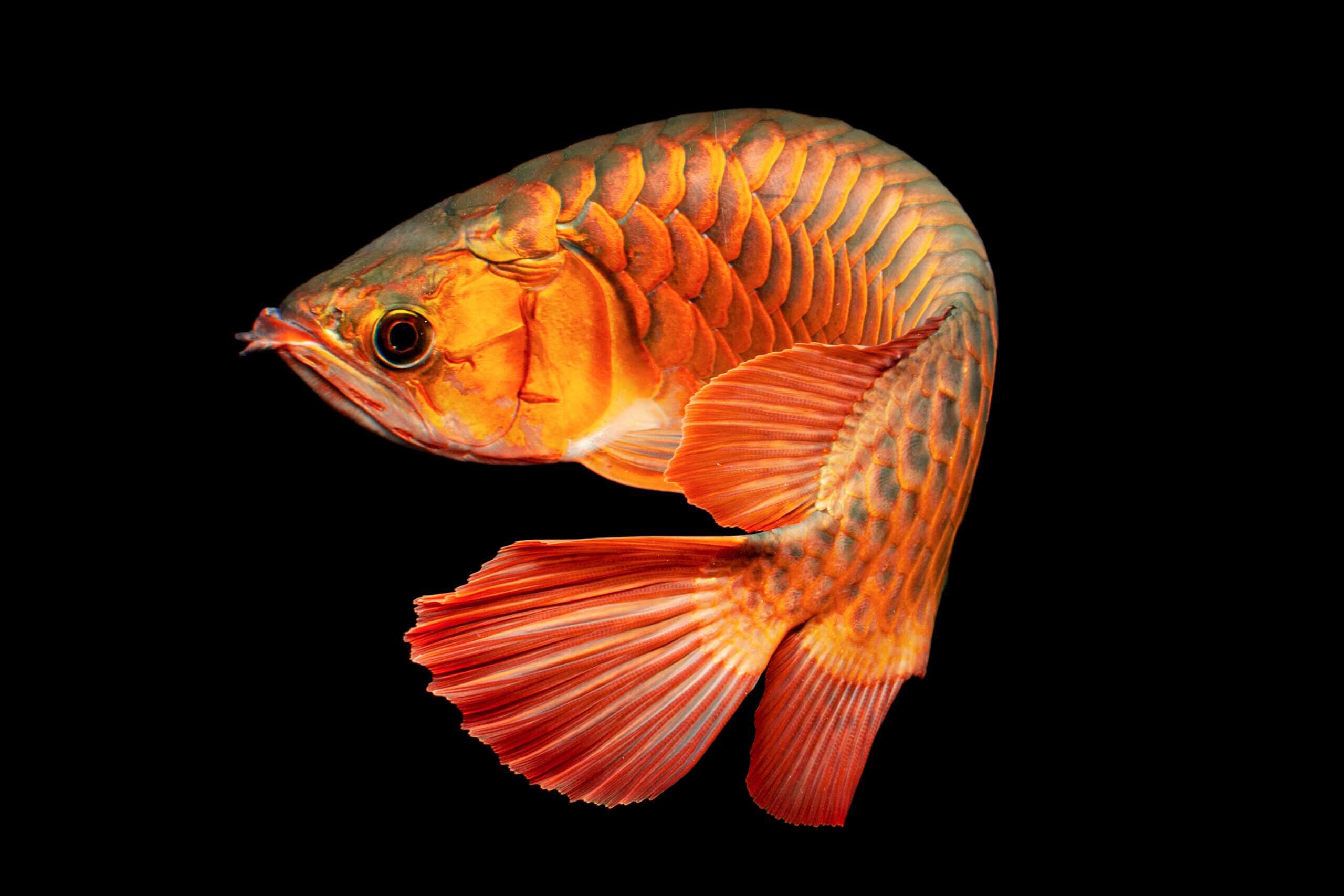
Aquarium enthusiasts often seek out rare and exotic fish to add a touch of uniqueness to their collections. From the vibrant Discus Fish to the striking Platinum Arowana, these aquatic treasures captivate with their beauty, rarity, and unique care requirements. Read more.
